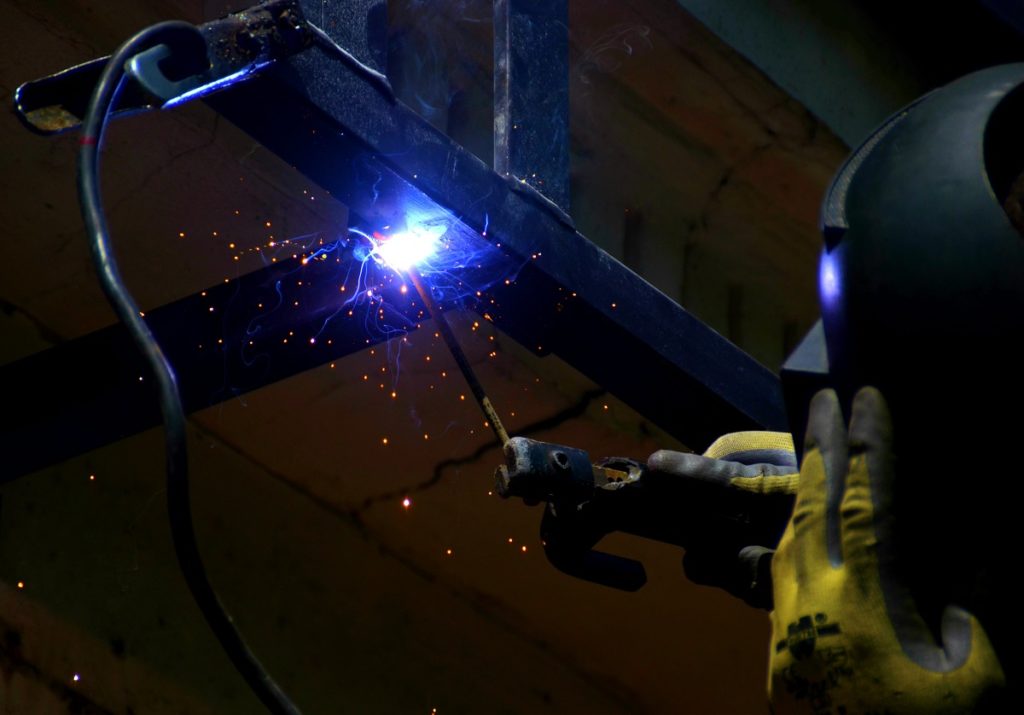Welding is a process that’s been heavily used since its conception and has become a staple across different industries such as manufacturing, construction, and repairs/maintenance involving metals and thermoplastics. However, with the use of high-powered welding tools, and the setting in which welding takes place (construction sites, workshops, and even the interior of boats), welders are exposed to many risks and hazards that could lead to injuries or worse.
Although welders that have undergone training and certifications have already been briefed of safety practices and possible injuries, it’s just as important for new, old, practising, and self-taught welders to be reminded of the many possible hazards and injuries that come with the practice.
Electrical Shock
As with all high-powered electrical tools, electrical shock would be the most common hazard that welders are exposed to. If a welder touches a part of the welding circuit while their body part is in contact with the metal being welded, this can result in electric shock. Electric shock at low currents can lead to burns and spasms (which can result in a chain of events leading to other injuries and accidents), but when working with high currents, it can lead to death. As such, personal protective equipment, specifically welding protective equipment such as insulated welding gloves and welding overalls can protect the welder from this hazard.
Burns and Radiation
Welding produces intense heat, light, radiation, and sparks. All of which can lead to radiation and thermal burns on the welder’s skin, which can vary by severity. The light and exposure to UV rays can lead to photokeratitis (also known as Welder’s Flash or Arc Eye) that can be extremely painful. These could be avoided by wearing welding mask/helmet and protective clothing that covers every inch of their skin — complete skin protection won’t only prevent burns, but also reduce the risk of skin cancer from UV radiation exposure.
Fumes and Gases
Welding exposes the user to various toxic welding gases that can lead to respiratory illnesses. The use of welding masks with filters, welding respirators, and having good ventilation is key in protecting one’s nose, mouth, and lungs from these harmful gases.
Fire Hazard
Welding produces a lot of heat, which can result in fires or even explosions. While wearing personal protective equipment can help minimize injuries, it’s best to always have a fire extinguisher (those that are specifically designed for welding fires), and have access to a fire exit if needed.
Site and Work Environment Hazards

Welding has a wide application, which is why welders can be seen working in auto shops, construction sites, boats, fabrication factories, and so on. As such, many of the hazards welders face may not be from the equipment itself but from their work environment. Welders that deal with maintenance, repair, and fabrication of vehicles, boats, and aircraft are often subjected to long hours of work and sometimes in awkward positions, making them susceptible to muscle strain and other musculoskeletal issues. There’s also the risk of other machinery, vehicles, and objects coming into contact with welders while they’re working. These issues could be avoided through constant communication, compliance to industry safety standards, being aware of your surroundings, and making sure to take frequent breaks (to avoid musculoskeletal issues).
Conclusion
Welding is a risky practice, which is why it’s best to be aware of these potential risks and injuries, whether you’re a certified professional, a student, or someone who likes to do DIY welding projects. The takeaway here is that the best ways to stay safe when welding is by remembering your training, being mindful of your tools and surroundings, and wearing your welding protective equipment.




